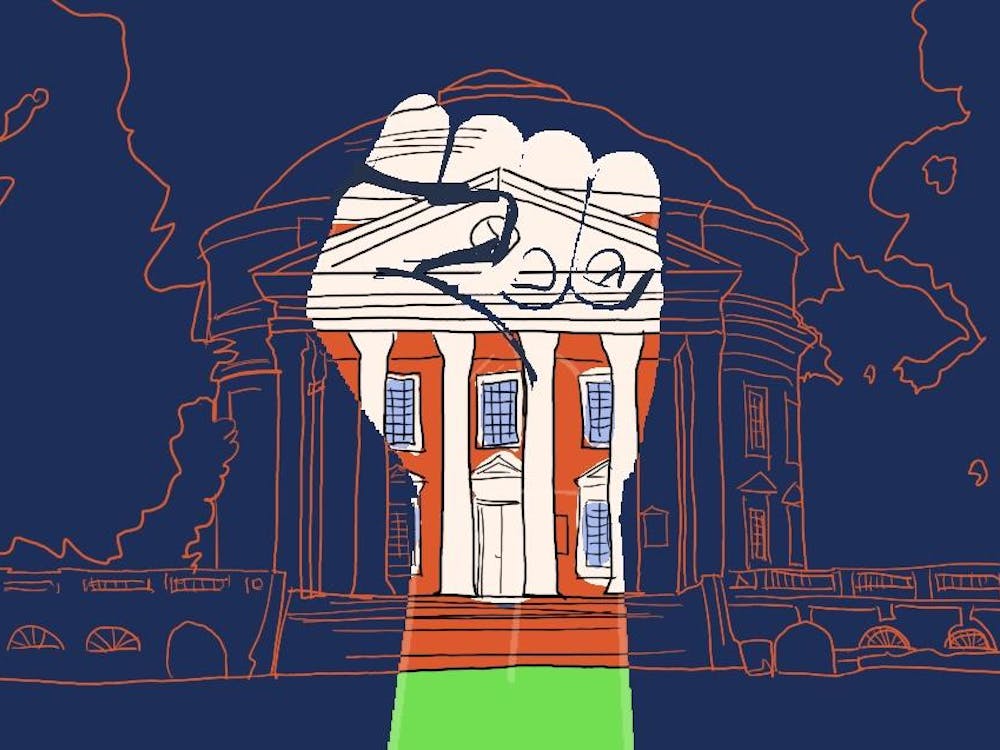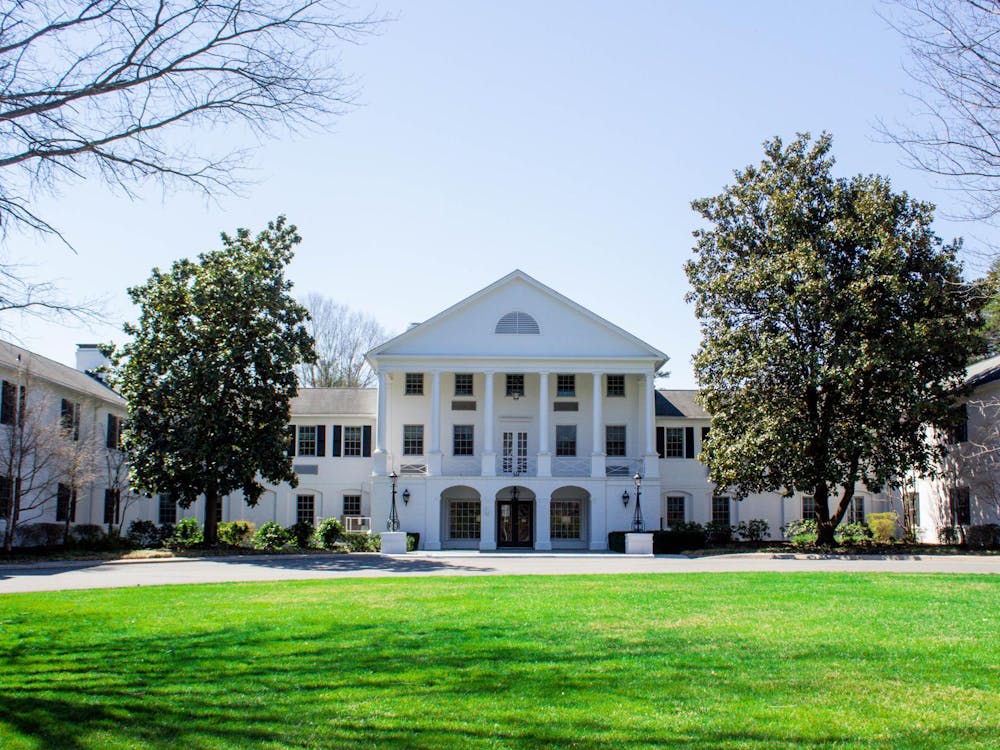WITH THE Supreme Court's ruling in favor of the Cleveland school voucher system, conservatives are crying a victory for allowing families to "choose" their education. The reality of the situation, however is that there is very little choice for these students and the system as it is now is grossly and inherently biased toward religious schools.
Under the Cleveland system, parents of public school students are given a $2,250 voucher, which can go toward a private school of their choice. The check is signed over from the government to the parents, and the parents decide where the check goes. Right? Wrong.
One of the criteria for a private school to participate in the voucher program is that its tuition must be capped at $2,500. This makes some sense in that the parents - usually low-income families - only have to raise $250 a year in order to send them to a participating school. However, private schools in general are more expensive than religious schools, if nothing else simply because they do not have an affiliated church to subsidize the costs of tuition. Thus, most of the private schools in Cleveland cannot afford to participate in the program.
Likewise, suburban public schools surrounding Cleveland refuse to participate for exactly the same reasons. According to an amicus brief filed by the Ohio School Board Association, these schools, if they were to participate, would lose anywhere from $2,000 to $10,000 per student they accepted through vouchers. It's easy to see why these schools refuse to participate.
Thus, the current makeup of the participating schools in the voucher system is overwhelmingly religious. When the program was started, 82 percent of the private schools participating were religiously oriented. Now that number is 92 percent.
The current private schools participating are nothing to be proud of, either. Among the four participating non-religious private schools (out of 50 total in the program), only one accomodates students above third grade. Two of them are limited to kindergarten and preschools.
Proponents of vouchers point to "community schools" as well. These charter schools, however, do not have to abide by any of Ohio's educational laws. Similarly, of the two community schools that have been around long enough to receive a "state report card," the results are less than encouraging. Not only are these schools failing to meet Ohio minimums on standardized tests, but students in these schools are doing even worse than those in public schools.
Simply speaking, there are no non-religious alternatives for students in the voucher program. Whether or not this is deliberate or merely consequential is not important. What is important is that there is a clear and irrefutable bias in the voucher system toward private religious schools.
But what about the public schools in Cleveland? The voucher program actually was created because the Ohio State Supreme Court declared that the funding for the Cleveland Public Schools System was unconstitutional, twice. Yet nothing has been done to change the state of the current public school system. The only solution offered by politicians is to divert money to private religious schools.
It would different if the Cleveland public school system was reformed as well. At least then there would be the most remedial alternative to these private schools.
So that's the choice that it comes down to for these students. Either be forced into religious schools, or be stuck in the failing public schools. With this the case, the voucher system barely resembles anything of a choice for these students.
There are many other problems surrounding the voucher issue. Government entanglement in religion, direct versus indirect funding for private education and solutions to low-income and minority families stuck in failing schools. But one thing should be certain. When conservatives argue that the voucher system presents parents and students with a "choice," they're talking out of their behinds.
(Brian Cook is a Cavalier Daily opinion editor. He can be reached at bcook@cavalierdaily.com.)






